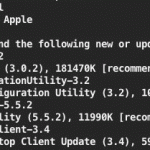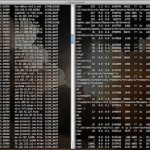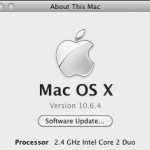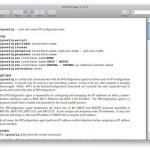Print and Query Command History to Find Specific Past Commands
If you’re trying to remember an exact command you executed via the Terminal but can’t quite come up with it, you can query your command line history to discover old commands that have been run or executed in the past. This trick to find and retrieve prior commands executed in the command line works on … Read More








